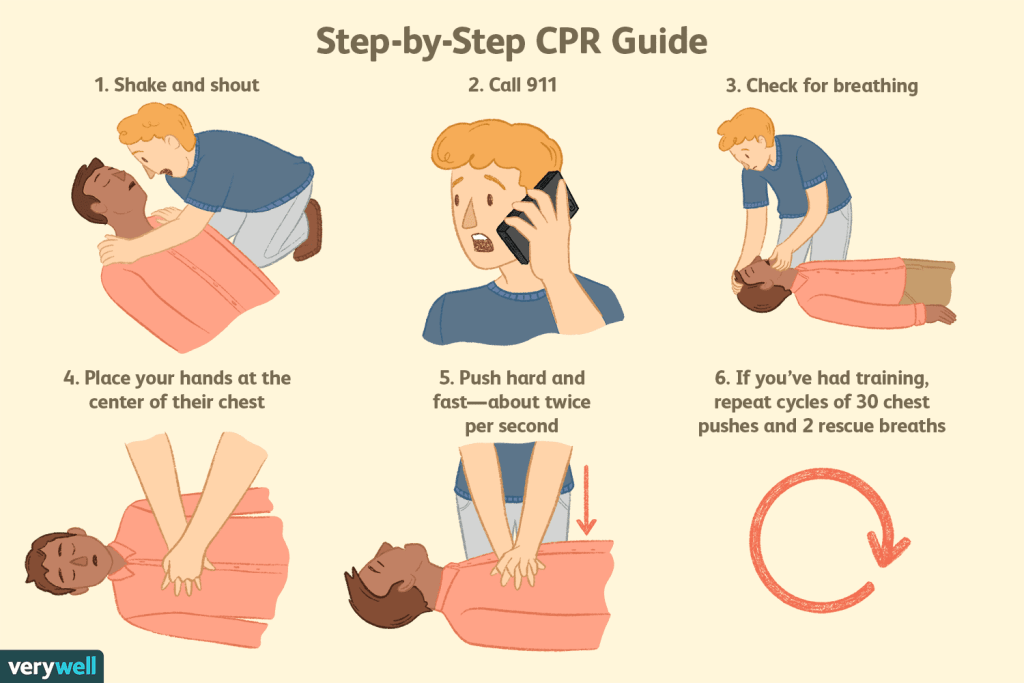The purpose of this essay is to discuss the play The Crucible, in particular how the characters in the crucible act in a confusing manner. This behavior can best be understood and described by using Kolberg’s Moral Precepts. Kolberg’s Precepts have three diverse perspectives that when individuals are put into certain situations, will motivate them to respond in diverse ways. These three perspectives consist of pre-conventional, conventional, and post-conventional behavior. All three of these categories are factors considered when individuals decide to act in any given situation. If we can understand the given situation and view the response of a character, we will be able to achieve a better understanding for the characters.
In The Crucible there are characters which act in a way which best describe them a pre-conventional. What being preconventional means is when you act in a certain way to receive a reward and avoid punishment. The first pre-conventional character in the crucible is Abigail Williams. This is evident when Elizabeth Proctor says “[Abigail] wants me dead.” This line displays Abigail as a pre-conventional character as she would kill in order to get the reward of Elizabeth Proctors husband John. Furthermore, Abigail would also avoid the punishment of guilt in the form of preventing John from getting charged with lechery. The second example of someone who avoids punishment to gain reward is Betty Parris. She is a pre-conventional character as she is willing to snitch on other people when she “[sees] Sarah Good with the devil.” She says this as she is trying to avoid a punishment of being beaten. The final pre-conventional character is John Procter. When John Proctor confessed to lechury he was sentenced to death and had everything taken from him, which left him pleading for “[his] name, [he] will not have it said, [his] name is soiled.” Though he still may have been executed, he still got his reward and avoided punishment. His reward could have came in the form of getting the guilt off his chest. As for avoiding punishment, he was executed but as John is a strong Christian, he could be trying to avoid the punishment from god. The prevoius three characters, Abigail Williams, Betty Parris, and John Procter are all examples of pre-conventional characters for the reasons previously listed.
The second one of Kolberg’s Moral Precepts is the conventional person. A conventional person is someone who acts in a particular way to fit into a group. The first conventional person in the crucible is Ann Putnam. Ann Putnam shows she is a conventional character when “[she] feared [Goody Osborn]. [Her] babies always shriveled in her hands.” This is conventional as Ann Putnam is trying to show she can have babies and fit into the norm of every other women who can have their own healthy babies. The second example of someone who acts out to get group acceptance is Mary Warren. While in court Mary Warren says “[She] has no power” as she is trying not to stick out or better yet join into the group of girls who also are powerless. The final example of a conventional character is Reverend Hale. While Hale is talking to John Procter, Hale ask Proctor why one of his sons is not baptized and Proctor would go on to say he did not trust Reverend Parris, where Hale would respond and say “that man is ordained.” Hale fits into the group of all their society of being a true Christian and trusting all the reverends.
The final precept in Kolberg’s moral precepts is the post-conventional character. This is someone who believes in a set of principles and does not care about punishment, group acceptance or any rewards. The first post-conventional character is Reverend Hale. Hale has both shown times where he has said conventional and post-conventional things. For example when he “denounce[s] these proceedings” and “quits [the] court” he shows post-conventional traits as he is seeing all the people who are getting executed and he would not stand for it no more as it went against his moral principles. The second character who bides upon their own moral principles is Giles Correy. While Giles Correy was withholding information on the name of Mr. X he was eventually sentenced to death. During the execution he asked for “more weight”. This demonstrates a post-conventional character as no matter how close to death he may be, he would never give the name of Mr. X as he knew it would lead to Mr. X being killed. The final example of a post-conventional character is Judge Danforth. When Danforth says “I am empowered to trade your life for a lie” is shows he is post-conventional as no matter how much he does not want to, he sticks to his set of principles to do what he fits as necessary.
In conclusion, it is evident that Kolberg’s moral precepts have been a valuable tool in allowing us the reader in to achieve a better understanding for the characters in the crucible. It has also demonstrated why individuals behave in the way they do when they are faced in certain situations. Depending on the character the three categories pre-conventional, conventional, and post-conventional can cover all the all the characters which were previously mentioned. With the first grouping who behave in a way to achieve a reward but seek to avoid punishment. Following that, the people who act in a way to fit in a group, and lastly people who have believe in a set of principles and do not care for reward, group acceptance, or punishment. As you can see, from the examples which were previously listed it can give you a better understanding of the characters from the crucible.









